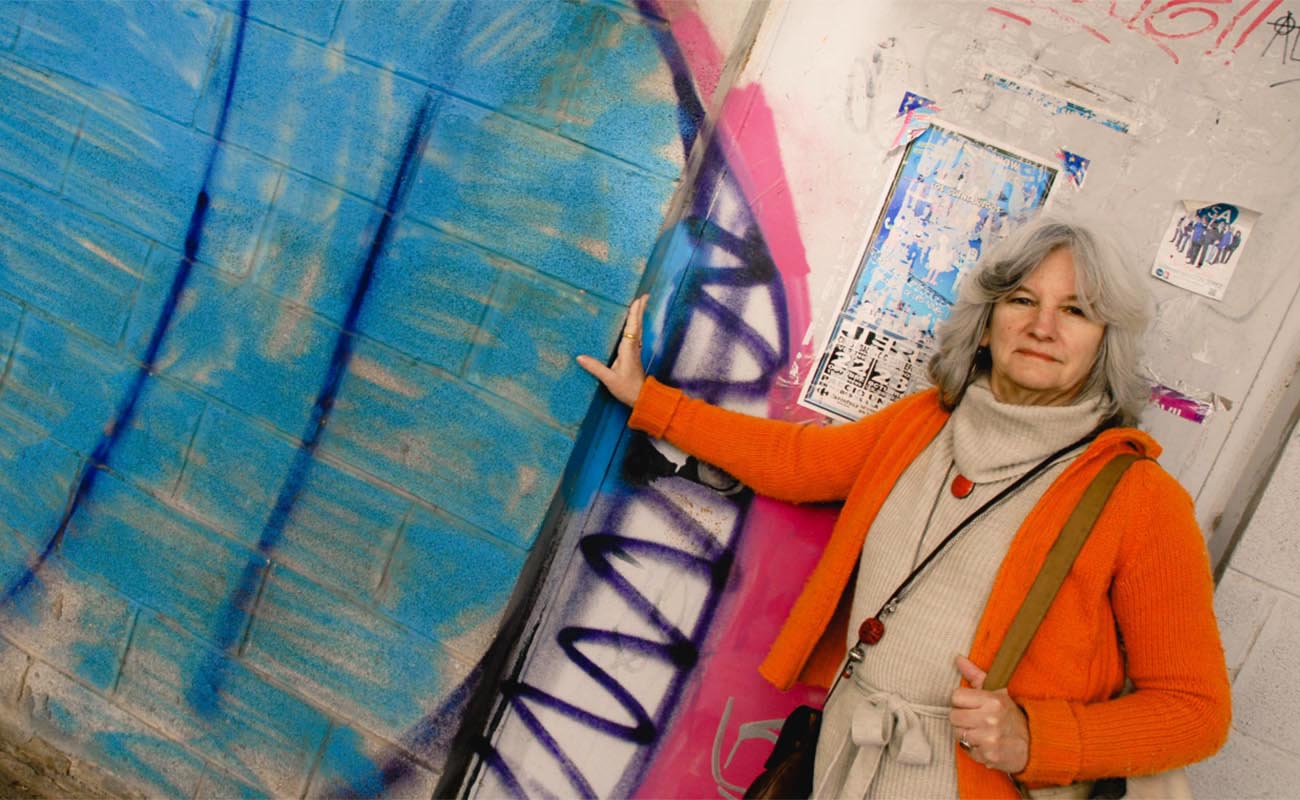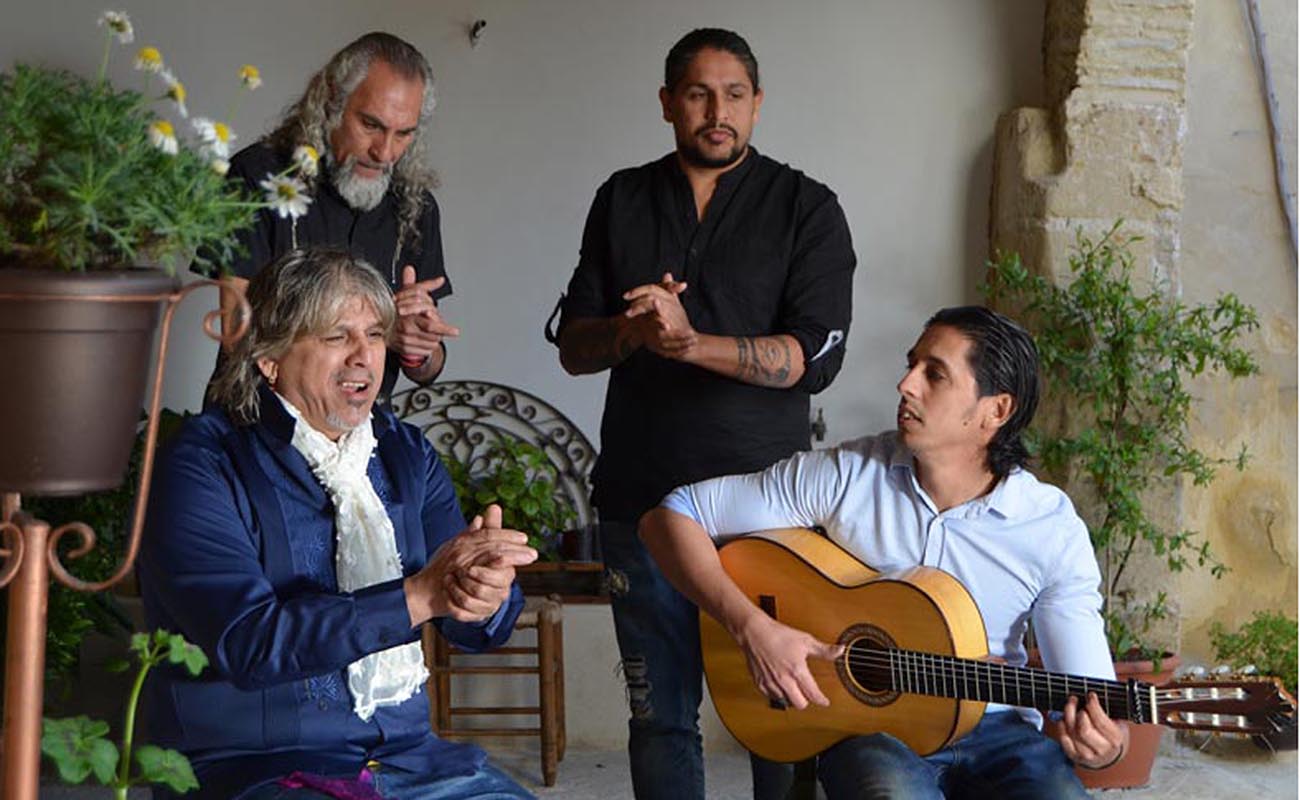“Flamenco-The Land is Still Fertile”: a new documentary defends the most classic sort of flamenco
Filmed primarily in Jerez de la Frontera (Cádiz), this documentary features performances by some of the most prominent artists of this genre and explains the close connection between flamenco and its traditional settings of labor in the fields, mines, blacksmiths' shops, and the sea.

“I’m Antonio de la Malena, flamenco singer of the traditional forms of my land”
With that clear statement of intent, the singer opens the new documentary Flamenco: The Land is Still Fertile, in which he participates as associate director and narrator under the direction of Eve A. Ma, producer-director of the film. Eve is a multi-talented American who has been a teacher of Chinese and Japanese history, a lawyer, and administrator of a non-profit cultural organization.
On this occasion, it’s an ambitious project that aims to support a kind of flamenco that many want to label as “pure”, despite the negative connotations now associated with that term. It stands as a review of the history of 20th-century flamenco, highlighting the significant relationship between the so-called arte jondo and the sociology of ordinary people.
Since November 16, 2010, flamenco has been included on UNESCO’s List of Intangible Cultural Heritage of Humanity. The designation has not brought about dramatic changes in the genre, in fact, some experts might argue that new trends have moved flamenco away from its traditional cultural role.
Filmed primarily in Jerez de la Frontera (Cádiz), this documentary features performances by some of the most prominent artists of this genre and explains the close connection between flamenco and its traditional settings of labor in the fields, mines, blacksmiths’ shops, and the sea. It’s the living history of the coexistence of gypsies and Spanish folklore, and the contribution of both to this art form.
The one-hour and three-quarters documentary includes performances by great flamenco artists, singers, dancers and guitarists, as well as interviews with members of the Jerez community for whom flamenco is a way of life, such as patriarch Manuel Morao, Tomasa la Macanita, Antonio El Pipa, María del Mar Moreno, Domingo Rubichi, the recently deceased guitarist Periquín, Mateo Soleá, Manuel de Malena, Manuel Moneo, Manuel Parrilla, or Luis Moneo, among others. There are beautiful images of the landscape of southern Spain, and historical information about gypsies is included. The film is scheduled for broadcast on television in the United States, as well as in Canada, Japan, France, and Morocco. On Saturday, September 16th, it will be shown at 7:30 pm at the Sala Compañía in Jerez de la Frontera.





